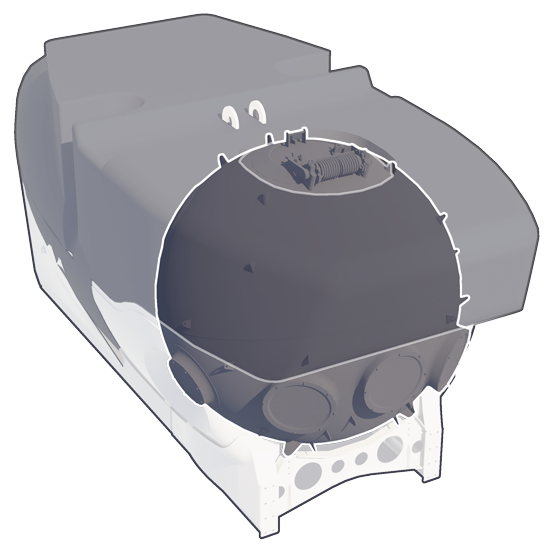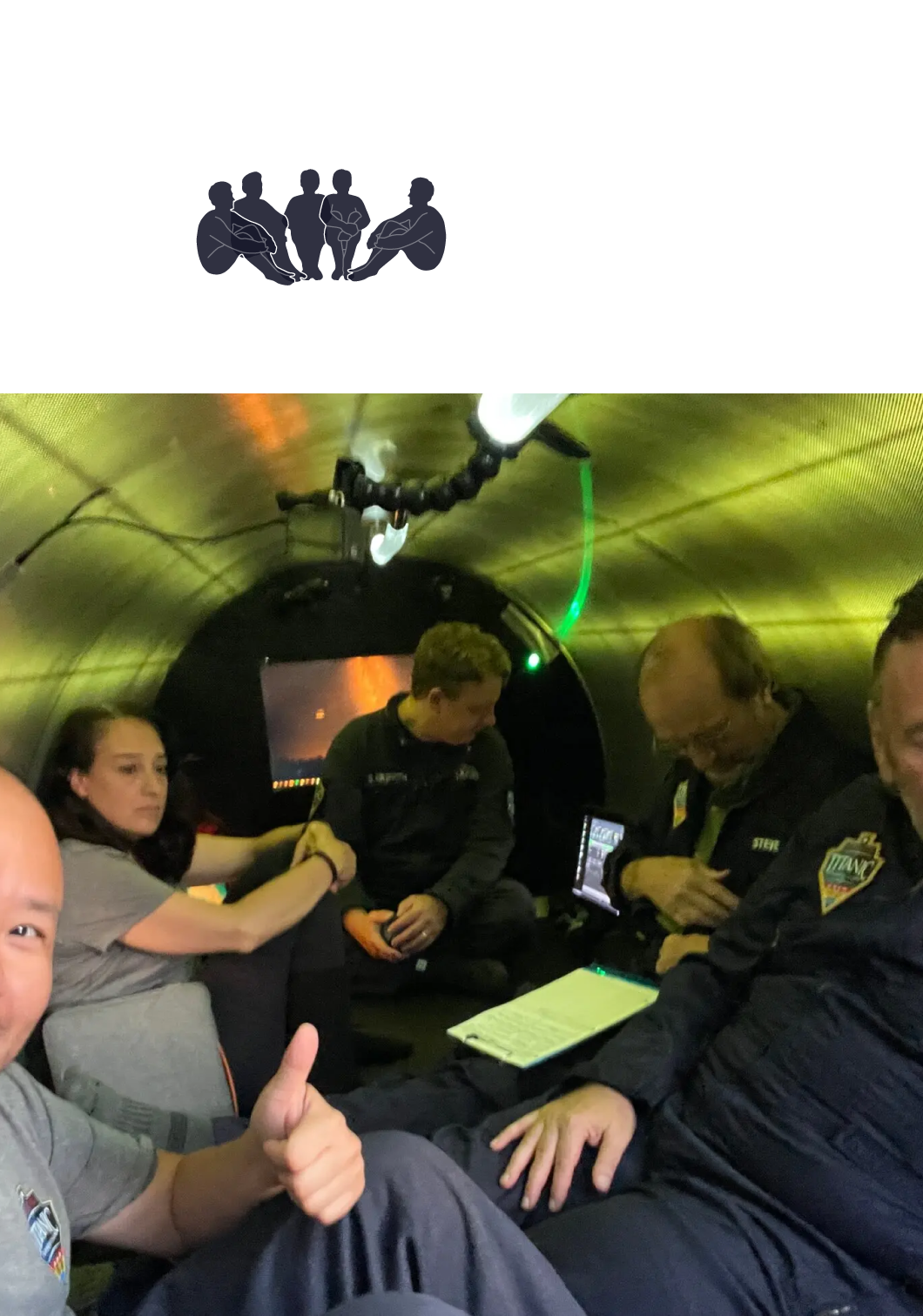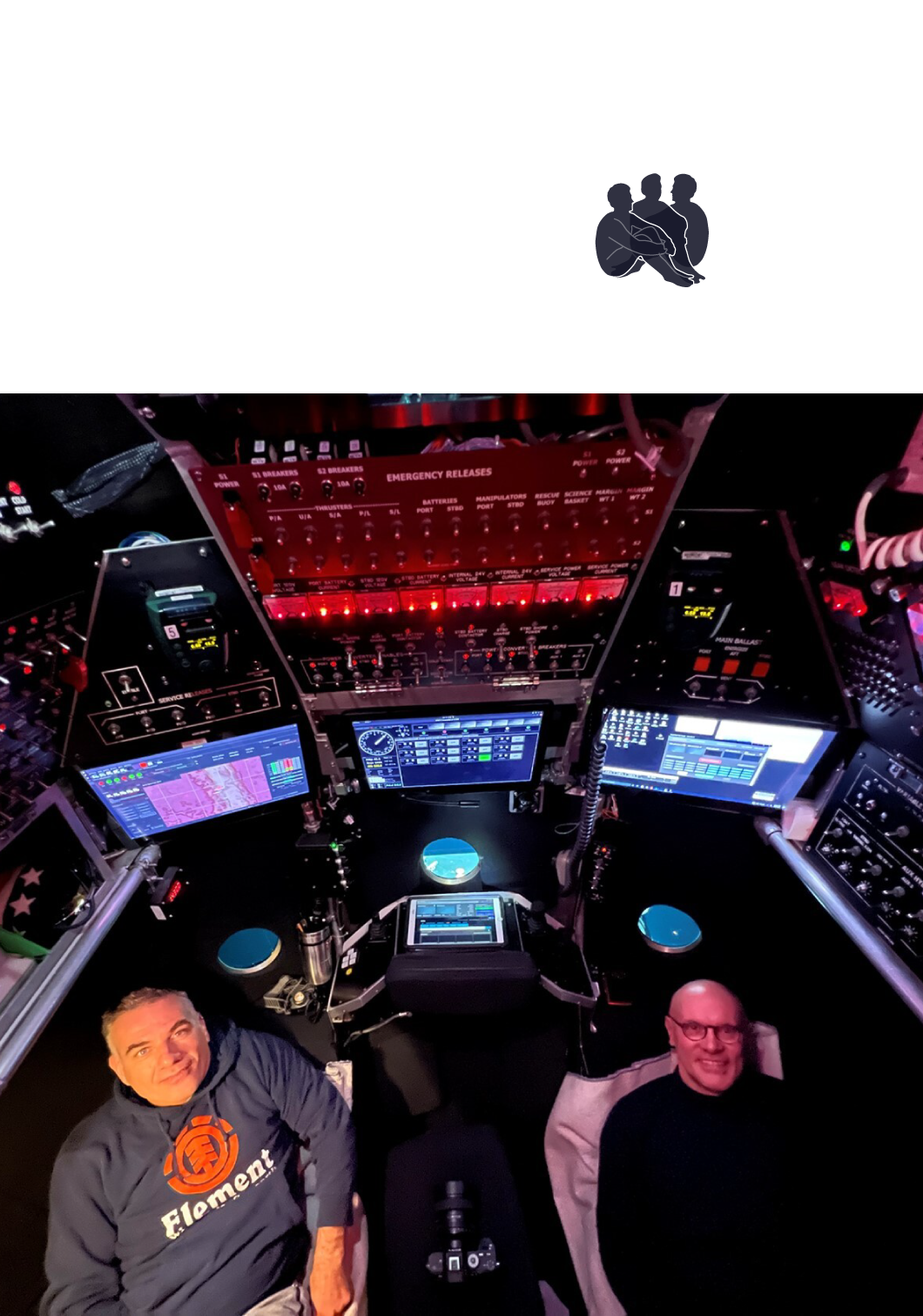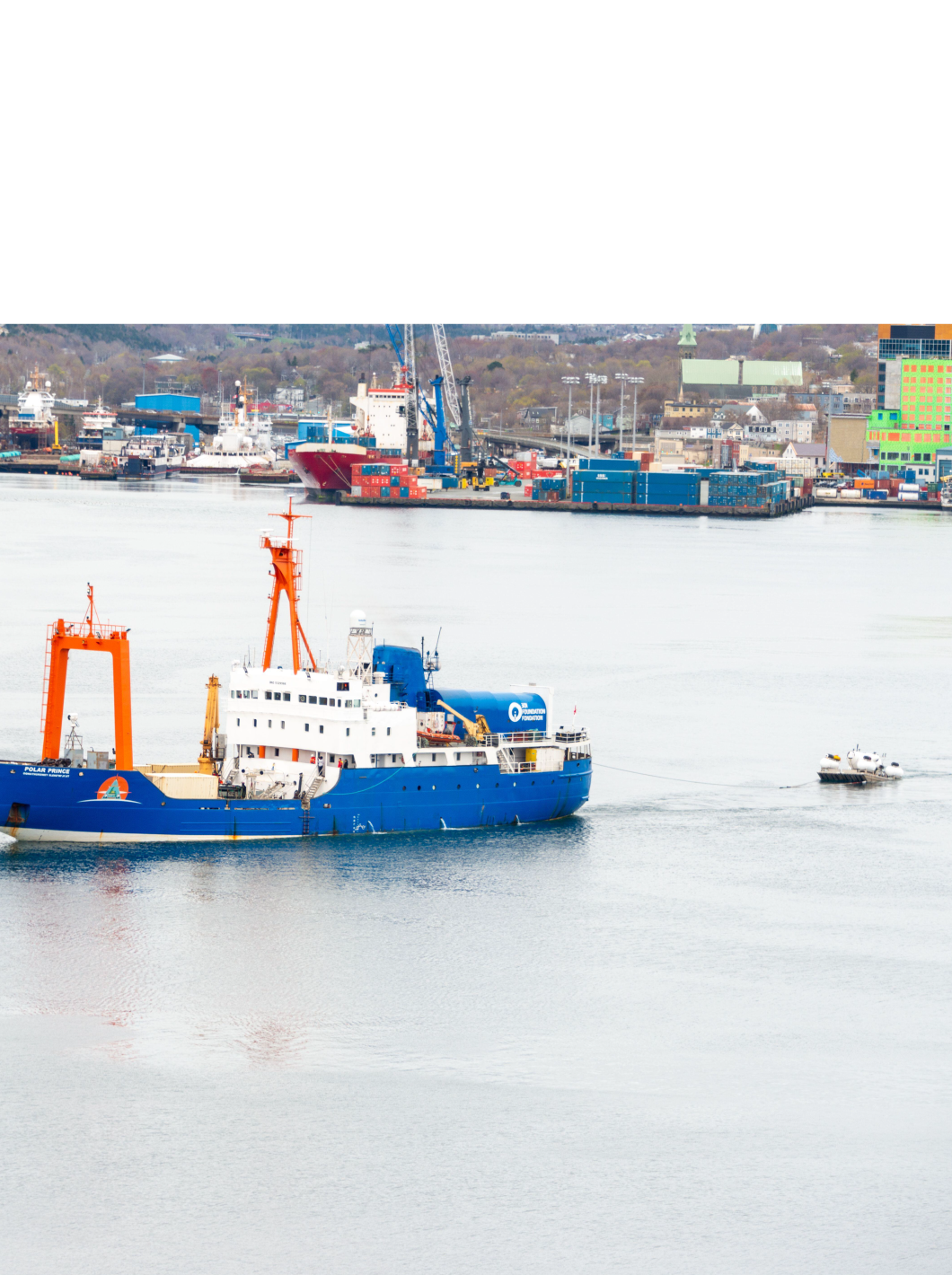The Maverick Design Choices That May Have Doomed Titan
Until the Titan disaster on June 18, no one had ever died while piloting or riding a submersible into the deep’s unending darkness. This remarkable safety record stood for nearly a century, despite explorers making many thousands of dives.
Federal investigators say it could take them up to 18 months to determine why Titan imploded, killing its five passengers. But engineers interviewed by The New York Times point out possible weak points in the sub’s design.
Titan’s owner, OceanGate, took a unique approach with the vessel, working to minimize the costly overhead of other submersibles. The lightweight craft was relatively easy to transport. It required no dedicated mothership, but instead could be towed on a flotation device behind a rented ship. Compared with rivals, the company said, the savings made Titan “more financially viable.”
What follows is a comparison of Titan’s design with a standard vehicle that, in typical fashion, relies on conservative engineering rules that have proven themselves over many decades. Teams of investigators are now examining such differences in trying to understand why Titan imploded during its dive to the Titanic wreckage.
Titan’s Unorthodox Shape
Fit More Passengers
Submersibles must withstand the deep ocean’s crushing pressures, which squeeze with equal force from all sides. At Titanic’s depth — two and a half miles down — every square inch of a submersible experiences three tons of pressure.
A spherical hull distributes the stress evenly, making it the best shape for resisting the compressive forces of the abyss. Any other shape, experts said, will tend to deform unevenly.
Take a look at the difference between Titan and Alvin, a research submersible with an all-titanium hull. Since 1973, it has completed more than 4,500 dives.
Hull
The pressure applied to a pill shape is distributed disproportionately and may cause collapse similar to a soda can being crushed. Source: Oceangate Expeditions

Hull
A spherical shape allows for a uniform distribution of pressure, making it less susceptible to distortion. Source: Woods Hole Oceanographic Institution
Titan’s hull was larger and held two more passengers than Alvin, which fits three. In three years of dives, OceanGate charged up to $250,000 per person to visit the Titanic.

5 ft.
Five people sat inside Titan during a previous dive. Oisin Fanning

5 ft.
Alvin seats up to three people, nestled among sensors and instruments. Woods Hole Oceanographic Institution
Tim Foecke, a retired forensic metallurgist who has done mechanical testing and failure analysis on metals and carbon fiber, said the change in hull geometry from a tight sphere to a lengthy tube may have contributed to Titan’s catastrophic failure. A larger hull needs to be stronger and thicker to withstand the same pressure as a smaller one. In two hulls of the same thickness, he said, the larger one would “collapse or buckle” first.
Unproven but Economical
Material
OceanGate created most of Titan’s hull out of carbon fiber, rather than the conventional titanium used for Alvin. Experts said the risky design saved money.
A machine wraps a large metallic cylinder with layers of carbon fiber.


Photographs published by OceanGate show that Titan was constructed by winding layers of carbon fiber around a cylinder form.
OceanGate Expeditions
Titanium is strong against both compression and tension. That means it can withstand forces that are crushing it or pulling it apart. Carbon fiber, though, is much more effective in resisting pulling forces than crushing forces, such as compression. It resists pulling for a while before breaking, but collapses or buckles if pushed on or compressed.
“I was very surprised” by the fiber construction of Titan, Mr. Foecke said, because compression was the main force that the submersible encountered during its long descent.
Carbon fiber is often used in the aerospace industry because it’s strong and lightweight. It reduced Titan’s weight to 21,000 pounds, compared with Alvin’s 45,000 pounds.
“This weight reduction allows us to carry a significantly greater payload, which we use to carry five crew members,” said Stockton Rush, OceanGate’s chief executive, in a company news release last year. Mr. Rush was serving as Titan’s pilot when it imploded.
To further cut costs for the 2023 season, Mr. Rush rented a mothership that was smaller, older and less expensive than those on previous expeditions. Called the Polar Prince, it was too small and cramped to carry Titan on its deck. The ship thus towed the lightweight craft on the three-day voyage from St. John’s, Newfoundland, to the Titanic site.
“I thought the sub and platform were being tossed around pretty roughly,” recalled Arnie Weissmann, the editor in chief of Travel Weekly, about his expedition in May aboard Titan, with the same mothership. In contrast, Alvin travels to its dive sites aboard a dedicated mothership outfitted with custom winches, hangars and a machine shop. A large crane places it into the ocean.

The Polar Prince towed the Titan submersible through a harbor in St. John’s, Newfoundland, in May. Dolores Harvey/Alamy

Alvin is brought out to sea aboard a scientific ship like Atlantis, shown here lifting Alvin over the water. Woods Hole Oceanographic Institution
Asked if towing Titan risked damage, in addition to other questions, a company spokesperson, Andrew Von Kerens said: “OceanGate is unable to provide any additional information at this time.”
As a class, submarines go down for days, weeks and months. They operate autonomously. In contrast, submersibles go down for hours and rely on a mothership for such things as crew sustenance, communications, sleeping bunks and proper toilets. The combination of a support ship and the undersea craft can be costly. Recently, a pair went up for sale at $50 million.
Joining Dissimilar Materials
Was Challenging
The engineers who were interviewed also expressed design concerns over areas of Titan where dissimilar materials were joined. Because different materials change shape at different rates when under pressure, achieving and maintaining a seal in these areas can be challenging.
The dissimilar materials used in the craft’s hull construction, said Alfred S. McLaren, a retired Navy submariner and president emeritus of the Explorers Club of New York City, “have different coefficients of expansion and compression, and that works against keeping a watertight bond.”
Moisture or sea salt could have degraded the hull’s carbon fiber and the glue joining it to the titanium, creating another potential weak point, said Kedar Kirane, a mechanical engineer with expertise in damage, fracture and fatigue in fiber-reinforced composites. Mr. Foecke also said that the acrylic of the viewport might have failed where it met the titanium or that uneven tightening of the hatch bolts might have caused uneven stresses along the porthole, causing a fracture.
The best way of outwitting the many dangers, the experts agreed, would have been to subject Titan to rigorous testing under the anticipated conditions and stresses. Fatigue of various materials also would have had to be considered and continually monitored. Manufacturing defects or any damage could build up over time as the Titan endured the cycles of stress associated with repeatedly going down miles to the bottom of the Atlantic and back.
A detailed timeline stretching back to 2013 shows OceanGate did extensive developmental work and testing for Titan. Still, left out of the public record are any proprietary tricks and improvements that OceanGate may have made as it gained field experience with its experimental sub.
Skirting Certification Saved
Time and Costs
Most deep-sea craft undergo costly rounds of inspection and testing by reputable marine organizations that specialize in certifying the deep-diving craft as safe. But Mr. Rush obtained no certification for Titan, saying it stifled innovation. In a documentary, he said: “You are remembered for the rules you break, and I’ve broken some rules to make this. The carbon fiber and titanium — there’s a rule you don’t do that. Well, I did.”
Mr. Kirane said that if he were designing the Titan, his top priorities would be testing and certification.
“I would probably emphasize the actual testing itself because that’s very critical,” he said. “Safety is at stake, so before actually using it in a real-world application, I would make sure it passes all the certification required and a lot of experiments.”
Read the full article Here


